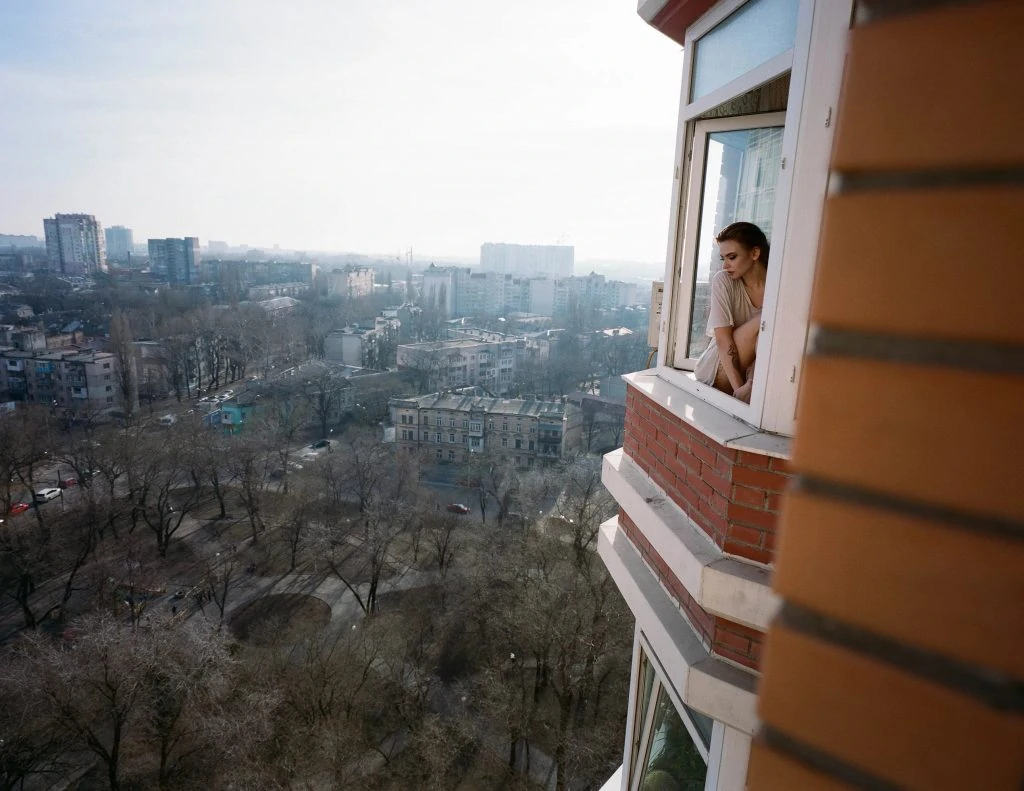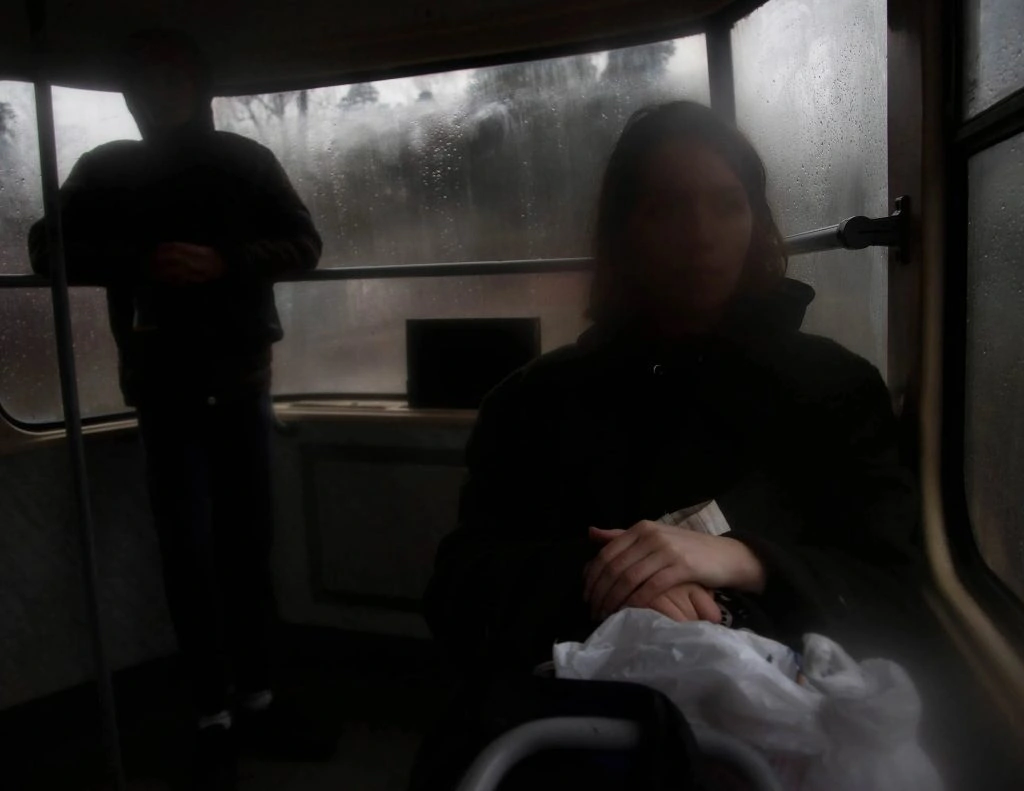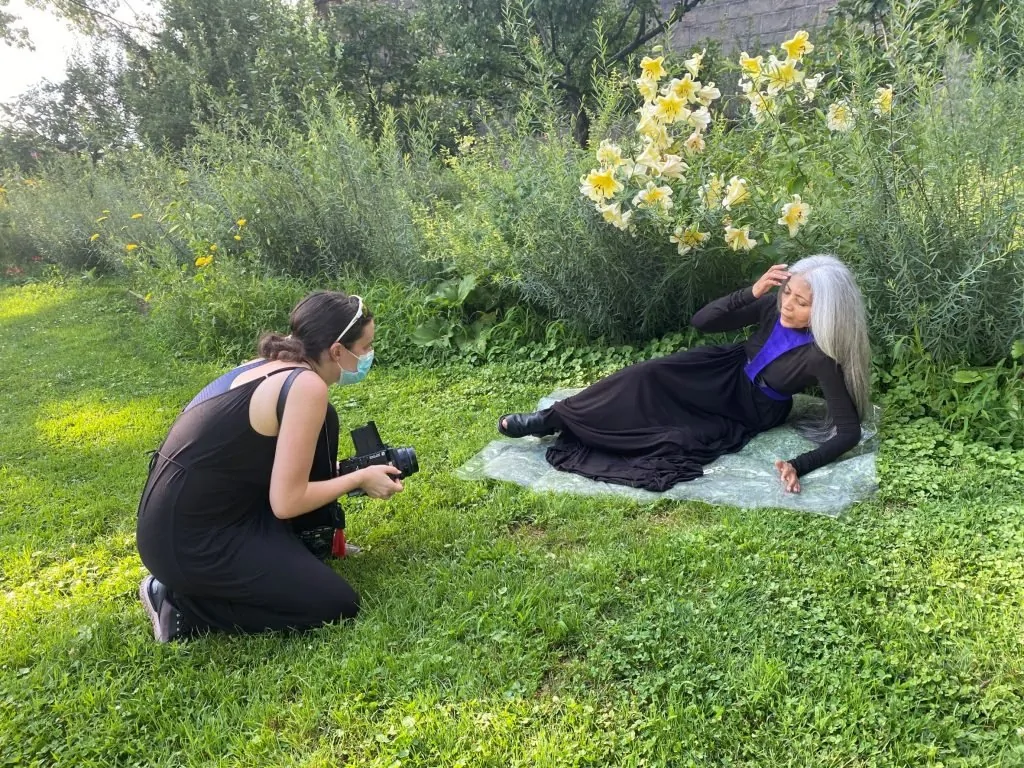Ira Lupu: Fighting Stereotypes With a Camera

A camera is an unusual weapon. But it’s Ira Lupu’s preferred piece for raising social awareness, normalizing taboo subjects, and building a better understanding of people living on the edge. “Some people like to construct their reality,” Ira says. “But I like to face reality and the miracles in it.”
Three years ago, Ira Lupu got a scholarship to study at the International Center of Photography in New York. One year later, she decided to settle in NYC permanently. Now Ira is an established photographer, multimedia artist, and writer, publishing stories in the New York Times and running fashion shoots and exhibitions.
Ukrainian-born photographer Ira Lupu is as colorful as the people on her website – brave, driven, and defiant of stereotypes. The role of an alternative documentary photographer suits her well because she’s always wanted to tell taboo-breaking stories through the lens of a camera. Whether it’s sexual minorities, mental health, or unconventional beauty, Ira Lupu gives everybody a chance.

“I Didn’t Choose Photography”
Ira started taking pictures in 2007. Her boyfriend didn’t allow her to continue, so she focused on writing. Through writing, Ira got to meet photographers.
Her breakthrough came in 2016 while assisting Yelena Yemchuk, a famous Ukrainian-American photographer, but Ira thinks 2015 was the real icebreaker. “I did my first conscious project in 2015. I feel that it was very connected to the first chapter of the war in Ukraine. It just so happened that as a writer, I noticed that I don’t have any words left to express myself.”
Photography helped Ira get through the beginning of the war in her country. Instead of hiring a photographer, she started taking photos for journalism projects. “Weirdly, it feels like it was meant to be. I didn’t choose photography, but photography gradually established itself in my life,” she explains.
Ira has an extensive portfolio covering sexual identity, alternative lifestyles, censorship, and many other topics. In 2016, she decided her work needed proper online representation, and that’s where Hostinger stepped in.
“For me, the website is a representation. Recently, I’ve done some commercial fashion work. But I’m also focused on my art projects, and I’m not interested in pushing my fashion gigs forward. Instagram shows what I do and where most of my thinking goes. The website is more like my face. I’m very happy with my Hostinger experience. I’ve been with you guys from the very beginning of my website.”

A Human Face
Ira’s primary goal is to challenge people’s prejudices. While studying in New York, she noticed that people have warped perceptions of Eastern Europe. “I had to confront many stereotypes about ‘easy’ Ukrainian women. Once in a club, an American woman said to my face, ‘Oh, you are Ukrainian. I hear that women are ‘easy’ there.’ And it was happening all the time.”
Ira claims that the Eastern European female identity is often misunderstood. She states that certain conditions make girls think of their bodies as a source of income or a tool for survival. In her view, this is beyond mockery.
Instead of denying the existence of sex work, Ira decided to paint a more realistic image of the online sex worker. One of her projects touches on the life of cam girls in Ukraine. While the project initially started as a representation of cam girls, it became an outlet to discuss people’s virtual identities, double lives, and how it measures against our humanity. “Art enables a level of complexity impossible in straightforward journalism. I don’t even have a single picture of cam girls doing their work. I wanted to dig into the human psyche, not just the images of bodies making a living.”
Ira doesn’t seek to please people with her work. She’s aware that many people will judge her photos in terms of aesthetics, but Ira’s ambition isn’t about portraying conventional beauty. “I don’t state that my pictures are beautiful per se. They might be beautiful to some and not beautiful to others. But if it helps to comfort someone, I’m happy about that. And if it’s disturbing to some – also good.”

War Brings New Perspectives
While Ira’s professional life is going well, she can’t help thinking about the ongoing war in Ukraine. Half of her family escaped to Romania, but Ira’s grandmother couldn’t move due to health reasons, so her mother stayed behind in Odesa.
A day before the war started, the New York Times published Ira’s photos of Ukrainians in New York. The plan was to bring a native perspective to Ukrainian topics, usually covered by foreign journalists.
Ira now tries to help Ukrainians by spreading awareness and helping with donations. She is also working on a fundraising exhibition in New York dedicated to artists who worked in Ukraine, with major news outlets already picking up on the event. She’ll also take part in an exhibition to benefit the Ukraine Heritage Response Fund.
A Ukrainian exhibition in New York seems like a dream come true. Ira just wishes it was under different circumstances.
Have you used Hostinger? Want to appear on Customer Spotlight? We’d love to tell your story. Reach out at spotlight@hostinger.com.



